A Louisiana Christmas to Remember is a collection of three interconnected romances set in the fictional Louisiana town of Moreau, which is loosely based on Natchitoches, the oldest European settlement in Louisiana
A Louisiana Snow by Morgan Tarpley Smith
This is the story of Mattie Hayes, small-town journalist and organiser extraordinaire, who is organising the Christmas market to raise funds to restore the local chapel after it was damaged in a recent hurricane. This means working with Paul Ammons, her long-time rival since he beat her to become high school valedictorian and won a coveted scholarship to Paris.
Restoring Christmas by Betsy St. Amant
This is the story of Jolene, Mattie’s artist cousin, who is hired at the last minute to repaint the town mural, and Cameron, Jolene’s new boss.
A Christmas Reunion by Lenora Worth
This is the story of Mattie’s aunt … and I dont’ want to say too much more about it, because that will ruin the surprise.
My favourite story was Mattie’s, perhaps because she is the character I related to best, and perhaps because I’m a big fan of friends/frenemies to more stories. My least favourite story was Adala’s, because even though I know these are made-up stories, I’m not a fan of controlling parents who go out of their way to do what they want rather than seeking what’s best for their child (as God does for us).
I loved the way the three stories were separate but intertwined.
Even though they are all standalone stories and all set at the same time it’s best to read them in order, as each story introduces situations and characters that become more relevant in the next story.
It’s also fun to see the came characters from different points of view. In the first story, Mattie has definite opinions about Jolene and whether she can be trusted, but Jolene’s story explains why she is how she is.. I enjoyed seeing Granny Eloise in all three stories as well, as the mentor figure able to give advice whether it’s wanted or not.
The three stories combine to provide a heart-warming Christmas set of Christian romances, even if the Louisiana snow is a far cry from the sunshine I am used to at Christmas.
Thanks to Barbour Publishing and NetGalley for providing a free ebook for review.
About A Louisiana Christmas to Remember
A Rare Snowfall Leads to a Christmas to Remember
 Three heartwarming, interconnected stories of faith, love, and restoration, brought to you by three Louisiana-native authors. Will a rare snowy Louisiana Christmas bring restoration and hope to the hometown and hearts of three women from the town’s founding family?
Three heartwarming, interconnected stories of faith, love, and restoration, brought to you by three Louisiana-native authors. Will a rare snowy Louisiana Christmas bring restoration and hope to the hometown and hearts of three women from the town’s founding family?
In A Louisiana Snow by Morgan Tarpley Smith, meet Mattie: A passionate visionary who learns to forgive and finds love in unexpected places…
In Restoring Christmas by Betsy St. Amant, meet Jolene: An artist and prodigal daughter who discovers love exists in the very place she once called home…
In A Christmas Reunion by Lenora Worth, meet Adale: A beautiful widow who finally dares to love again…
And don’t forget Granny, whose feisty spirit, blunt dialogue, and quirky ways play an important and endearing role.


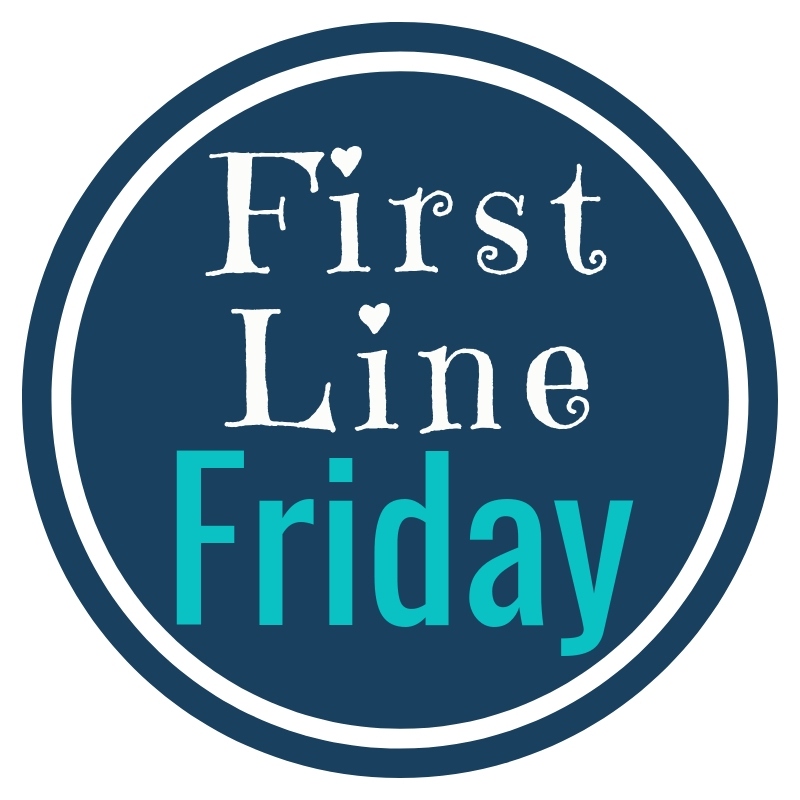








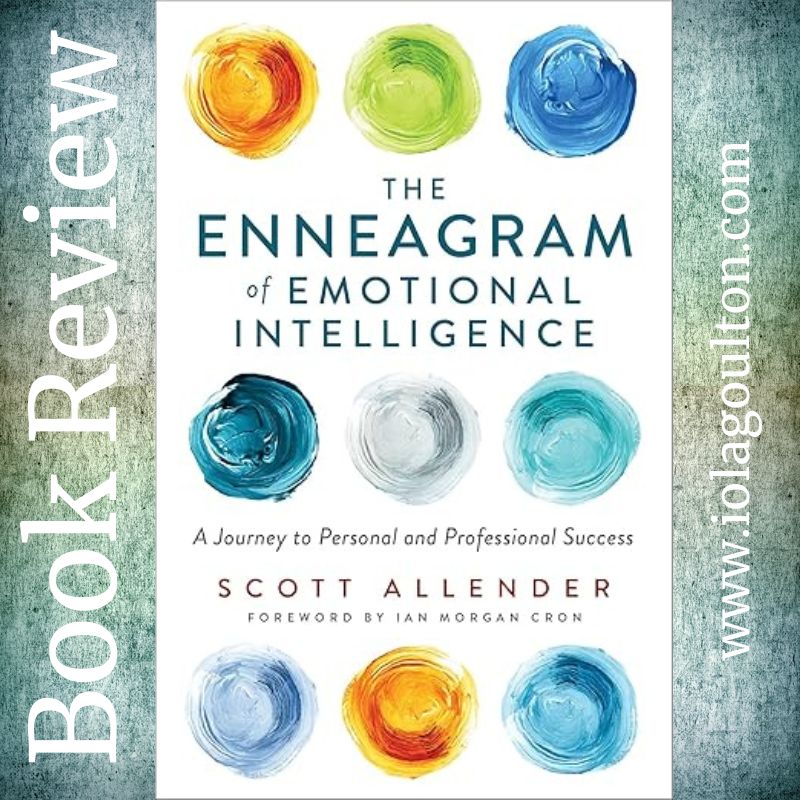
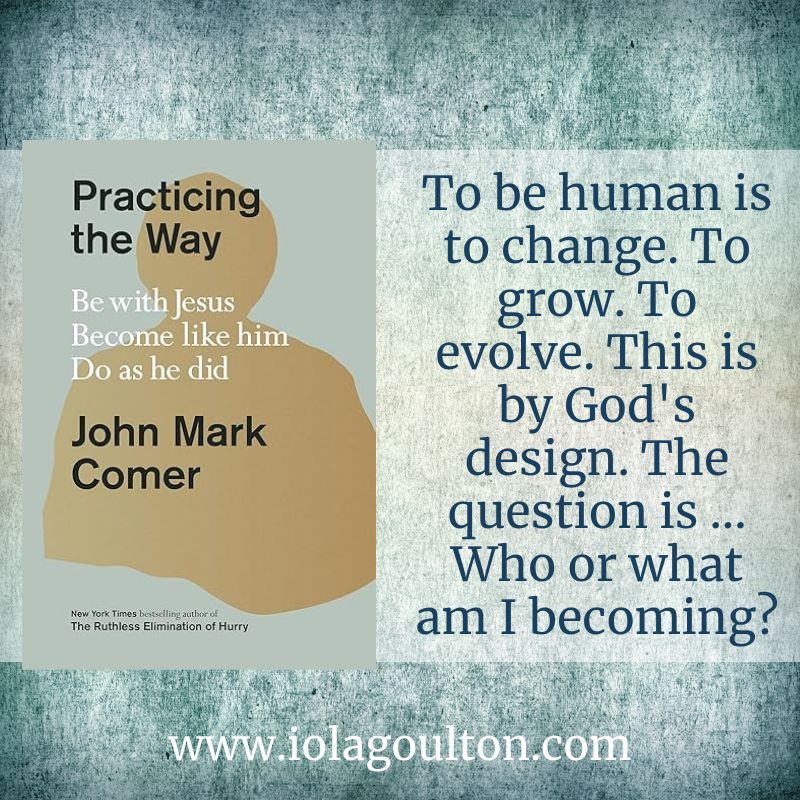
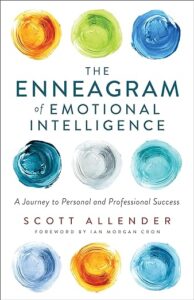


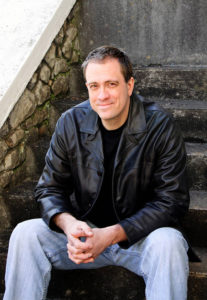 Steven James is the critically acclaimed, national bestselling author of sixteen novels.
Steven James is the critically acclaimed, national bestselling author of sixteen novels.



